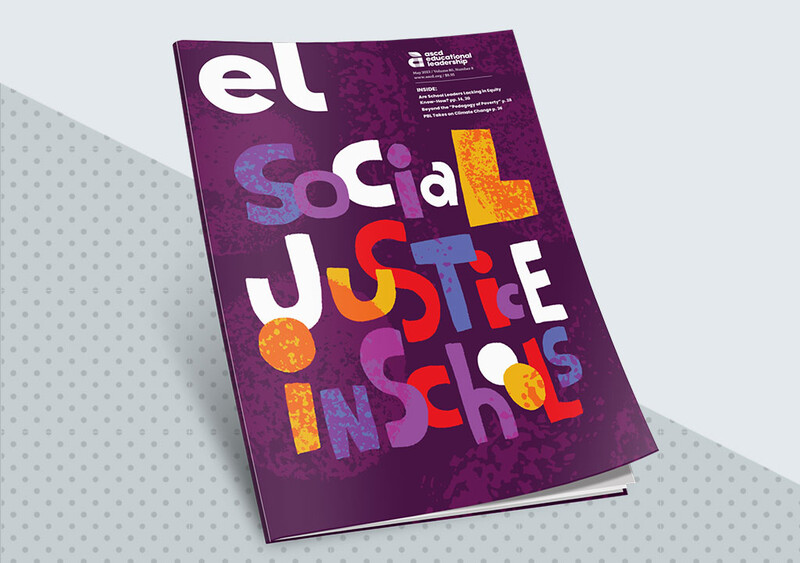Imagine stepping into a time machine and traveling back decades to the U.S. Civil Rights period—an era of profound social change and political unrest for many educators. What wisdom would teachers of yesterday share with educators today?
The Teachers in the Movement research project examines the role of educators during the U.S. Civil Rights Movement, capturing their experiences, ideas, and pedagogy inside and outside the classroom. Based on interviews with 48 teachers, this unique data set explores how educators contributed to and were influenced by a critical period of social transformation. The collection features recorded interviews and podcasts that highlight the impact of teachers as both participants in and facilitators of the movement. As education scholars, school leaders, and former educators, we have worked with the Teachers in the Movement project to better understand how former teachers navigated political, economic, and social change and uncertainty. Through our own experiences, we’ve seen teachers draw on similar strategies in their teaching today, highlighting the importance of amplifying these historical insights.
As our education system grapples with post-pandemic challenges, teacher shortages, and evolving technology, we share five timely and relevant insights from educators who lived and taught during this transformational era.
1. Be at eye level. Take the time to make personal connections with students.
Throughout the interviews conducted by the Teachers in the Movement project, educators shared the importance of intentionally building connections with students. These opportunities may include attending sporting events, engaging students’ families, or learning about their interests. While many teachers discussed the value of academics and setting high expectations, they equally emphasized the importance of being relatable to students.
An early childhood and elementary educator explained that despite growing up in a digital era, students “still need to have that direct personal contact with people who really understand and appreciate them.”
Similarly, another educator who taught elementary, middle school, and high school students noted the importance of establishing personal connections with all students regardless of grade level. She explained, “So much of it is about heart and relating to children . . . [R]elate to them, show them, and help them see their worth. I think that is invaluable.”
2. Be committed. Be passionate. Have fun.
A veteran teacher shared profound insights about teaching and its timeless rewards. At the heart of their message lies an unwavering truth: While teaching may not promise financial riches, its true currency is measured in the lasting impact on young lives. This teacher explained:
“[T]eaching is not going to be a profession where you make a lot of money, but you must have a passion and a love for children. Be committed and be passionate about what you do. And have fun because you're making a difference in the lives of children. You may not see it right then and there, but they emulate and see everything you do.”
History isn't behind us—it's alive in every decision teachers make and every story they choose to tell today’s students.
3. Be a lifelong learner. Admit your mistakes. Know your craft. Be engaged.
In another candid reflection, a teacher shared an authentic approach to professional excellence by encouraging teachers to acknowledge errors, learn from them, and use these experiences as stepping stones for growth:
“I think just being a lifelong learner, knowing that you can always learn from somebody else, knowing that you don’t know everything, and it’s okay to say, ‘I don’t know’ and be comfortable with that. A big thing. Admit your mistakes. I made them. Grow from them. Know your craft. Be engaged. Be ready to work long hours—but have self-care in all of that.”
Ultimately, instead of seeking perfection, this vulnerability-as-strength perspective offers a more sustainable model for long-term career development.
4. Embrace opportunities to become more aware.
Former teachers who lived and taught at the height of the transition from segregated to integrated schools, and against the backdrop of violence and tension around integration, have an essential piece of advice for today’s educators: Be aware of the political, economic, socio-cultural, and environmental factors shaping students’ lives.
Although we are in a new era, today’s educators also teach in complicated times as they face the realities of rapidly increasing technological changes, chronic absenteeism among students, and, most recently, the prospect of immigration agents entering school buildings. Former educators urged current teachers to seek out and embrace opportunities to become aware of the contexts in which their students are situated.
One educator emphasized the connections among continuous learning, awareness, and being resourceful for their students and school community:
“I think teaching is about learning and that teachers should always be on a learning curve. By being a teacher, I became more aware. I became more creative and more resourceful. So, I think it’s so important for teachers to not only have skills, but to know how to relate to people. I think that’s really important. To be able to relate to human beings. To show them dignity and have high expectations.”
5. Don’t forget your history.
Having lived through a critical point in America’s history, these teachers collectively understood the power of history. History isn't behind us—it's alive in every decision teachers make and every story they choose to tell today’s students.
These former teachers advised not only to teach the dates and facts of history, but also to help young people understand their place in a continuing story. One former teacher from Virginia explained, “I think that, more than anything else, is how you define the Civil Rights Movement. I define my particular vision of the world at this point in time [as] not the discussion of civil rights, but the discussion of human rights.”
He continued to explain Civil Rights era history, while necessary for all children, is especially important for Black children, who must learn about the struggles and triumphs of their ancestors as well as the resilience and strength they showed in the face of systemic barriers.
Through teaching history thoughtfully and thoroughly, he calls upon teachers of this generation to provide students with both context for students’ lived experiences and inspiration for their futures.
Lessons from the Past
Oral histories from Teachers in the Movement allow us to reflect on and learn from the ways that former educators navigated societal changes and how these experiences shaped their roles as teachers. By amplifying their perspectives, we believe these reflections provide a guiding light for current teachers seeking to build stronger connections with students by seeing them as complex human beings situated in dynamic political and social contexts.
Although today’s educators face both new and persistent challenges, these oral histories provide time-tested strategies that enrich teaching and learning while offering today’s teachers the benefit of wisdom from those who came before them.
Note: The authors would like to thank the research team at Teachers in the Movement for gathering these important stories and making them accessible to educators and researchers. The authors utilized oral history best practices throughout the data analysis and writing processes.
Social Justice in Schools
As key formative institutions in our society, schools are responsible for embodying and instilling the principles of equity and social justice, especially in times of crisis and change.









